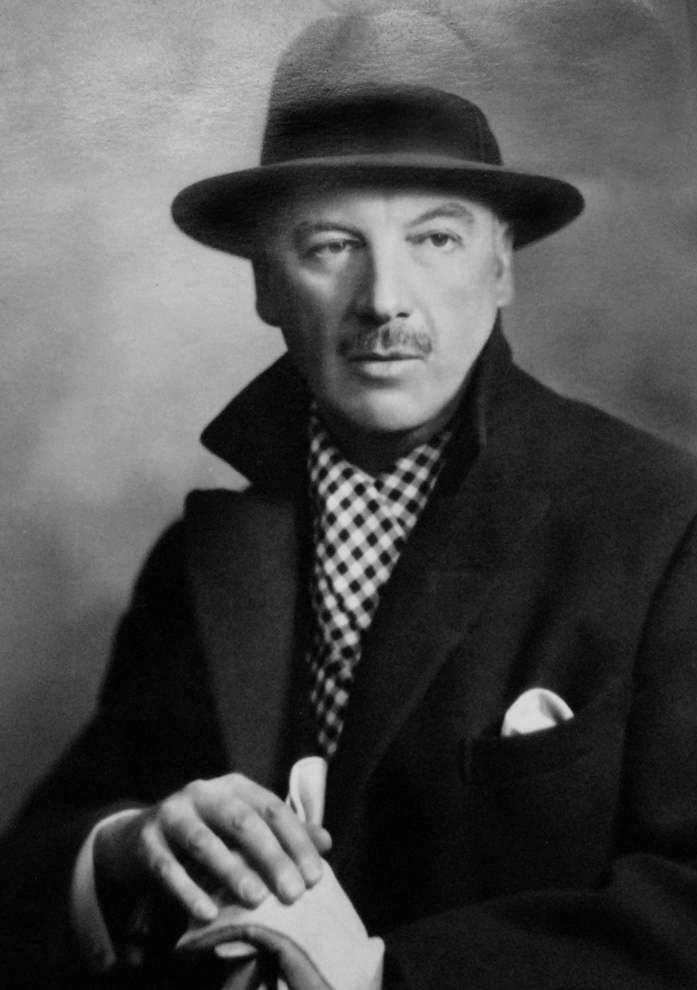
Lord Berners
ENDNOTES, September 2019
Stuart Millson on the film music of Lord Berners
In 1944, the directors at Ealing Studios (Basil Dearden, Alberto Cavalcanti and Michael Balcon) were working on a new production, The Halfway House– a story set mainly in a rural location, this time at a remote Carmarthenshire inn, far from the madding crowd and far from the war – or so it seems at the beginning of the story. The story is one of wartime – and of a connection to an ethereal dimension. Yet the spirits in The Halfway House appear as everyday, “real” characters (played by Mervyn and Glynis Johns) – guardians of a gateway to a dimension, a year back in time, in which someone can find again the chance to re-live and re-adjust their life.
Suggested by a play by Denis Ogden, The Peaceful Inn, Ealing’s supernatural and rural journey to Wales, begins at a concert in Cardiff, at the famous New Theatre. Orchestral conductor David Davies (played by Esmond Knight) leads his players in a sparkling, thrilling passage of music – the actual score, especially written for the film by the English composer, Lord Berners. After the applause dies down, Davies addresses his audience, telling them how proud he is to be back on home soil after so long. Seemingly exhausted by his efforts, he drags himself to his dressing room, and we soon learn (his doctor is standing by) that he has been given just a few weeks to live.
The conductor, still a young man, contemplates the awful news, but is determined to take his orchestra on an important British Council tour. Willing himself to squeeze every drop out of life, he refuses to ‘see reason’, but does agree to take a short break from his busy schedule, having been reminded by his elderly backstage attendant of ‘the old ‘alfway house’ – the perfect place, not far from Llandeilo, in which to recharge the batteries. Davies is distracted, and absent-mindedly plays a few notes of a Welsh folk-song on the piano in his dressing room, a small but significant moment in the film, deeply suggestive of old memories and half-forgotten places summoning the characters to their mysterious rendezvous. It is time to go home: Davies puts on his overcoat and hat, and like a shadow, leaves through the artists’ door – a stage direction in itself, and a symbol of what awaits him.
The landlord of the inn, Rhys (Mervyn Johns) materialises, like a figure from the shadows and the air. He is pleased to see his guests arriving, but seems to be absorbed by other thoughts, gazing through time and space. Then a warm, tender, pastoral theme from Berners introduces the arrival of Rhys’s daughter, Gwyneth (played by Glynis Johns). For this moment, Berners produces what must be one of his warmest, most romantic passages: a short tone-painting of hardly any length, yet which manages at a stroke to conjure a feeling of summer air and light, and a touching sense of the love re-uniting two people.
The film also includes a séance, for which Berners composed a gentle, subdued waltz – music from the shadows and footlights. At other times in the screenplay, in which some of the visitors quarrel with one another (two unhappy marriages, and an ardent courting couple, who discover political differences) the composer produces bitter-sweet themes: music of great sadness, at odds with the beauty of the surroundings. The camera also captures magnificent views of wild, hilly country, with suitably uplifting (and, perhaps, slightly out-of-character) music from Berners, but which then subsides into a Bax-like brooding and sense of mystery and Celtic landscape.
The Halfway House concludes with a bombing raid which leads to the destruction of the inn, but not before the principal players have been granted (by Rhys) the chance to re-live the last year of their lives. Actor Esmond Knight is brought to the fore again, to read the words of the 23rd Psalm: ‘The Lord is my shepherd… he maketh me to lie down in green pastures… Even though I walk through the valley of the shadow of death, I will fear no evil…’ It is here that Berners reaches a rare spiritual intensity and, for once, a non-tongue-in-cheek Englishness, with celestial voices guiding the characters through the wartime flames, with a fleeting glimpse of heaven, and back into what Rhys describes as ‘a good world’.
Rarely in British cinema – even in the Walton-Olivier Henry V – can we find such an uplifting conclusion.
Stuart Millson is the Classical Music Editor of The Quarterly Review
Lord Berners, film music (including The Halfway House), Chandos, CHAN 10459
Like this:
Like Loading...
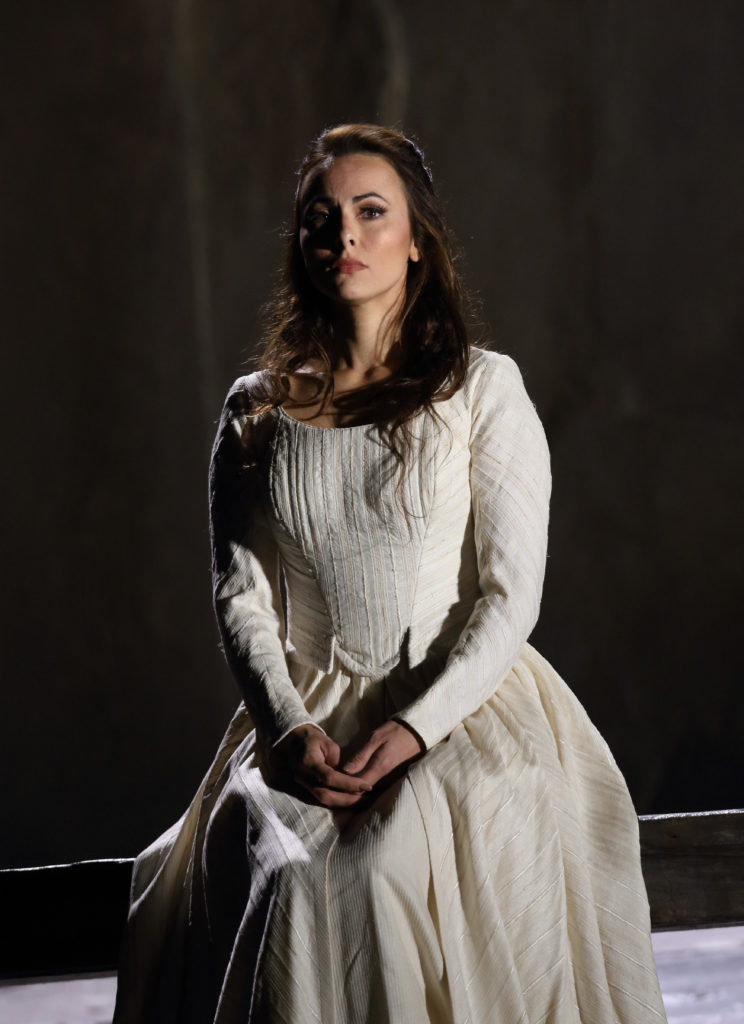


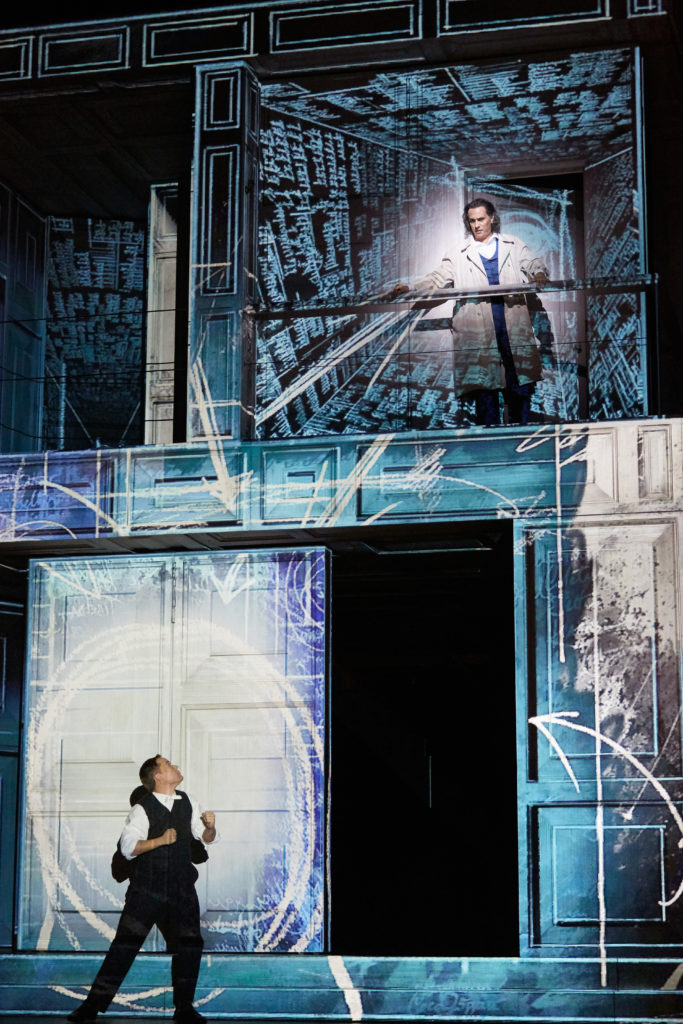
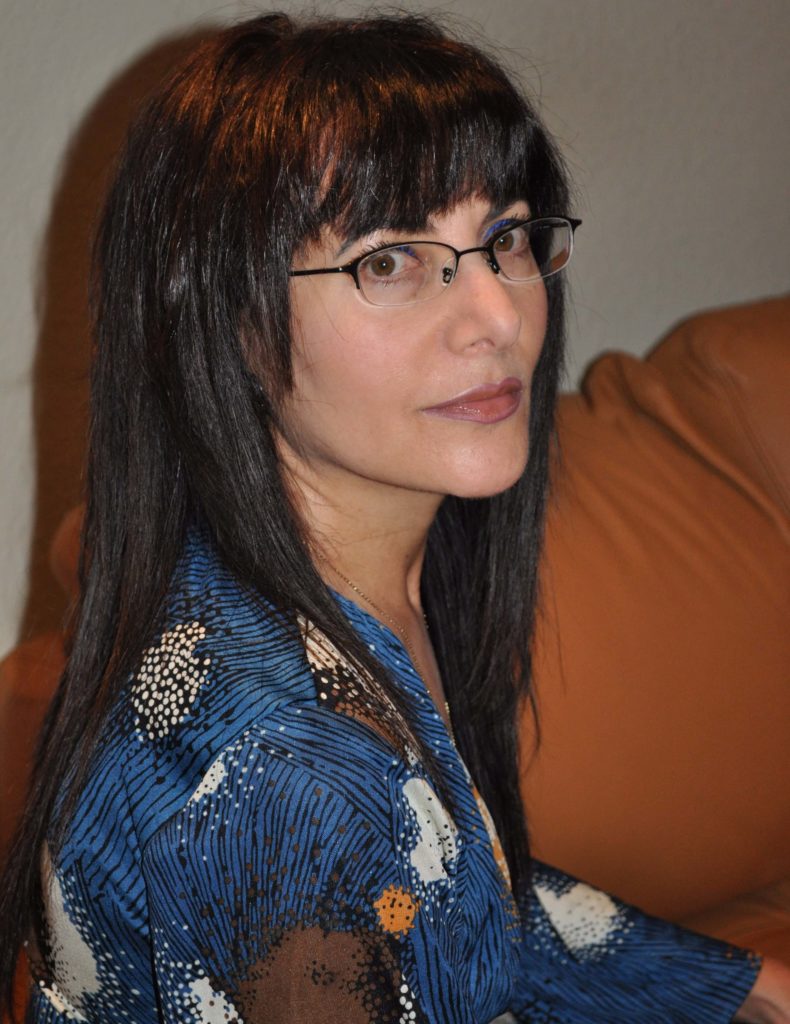
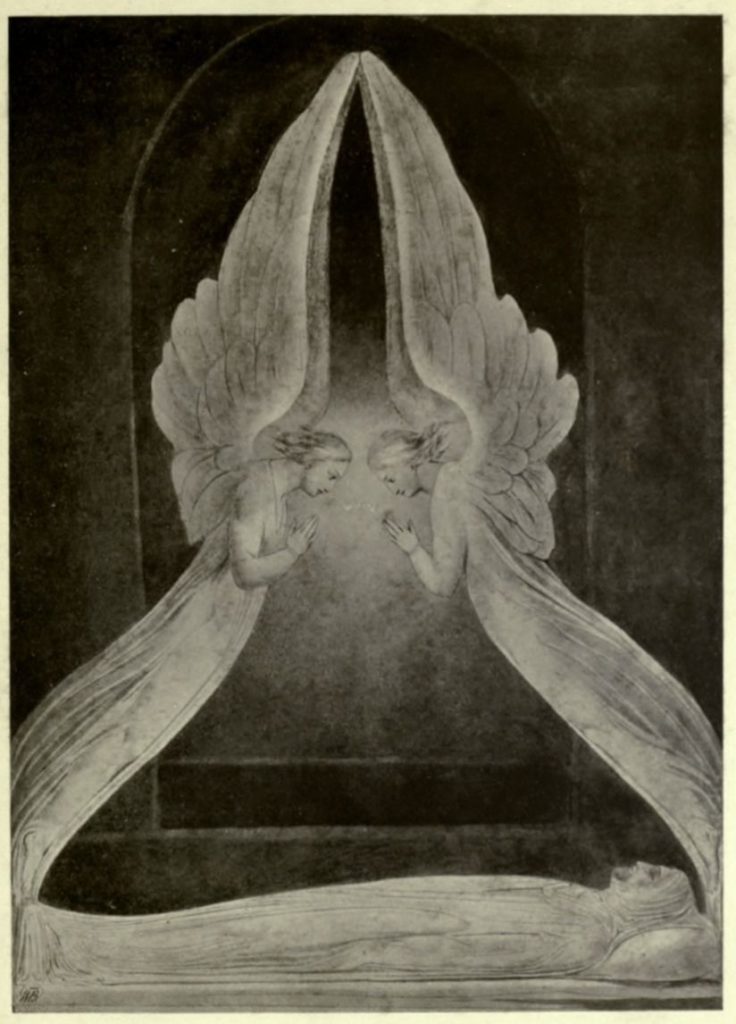
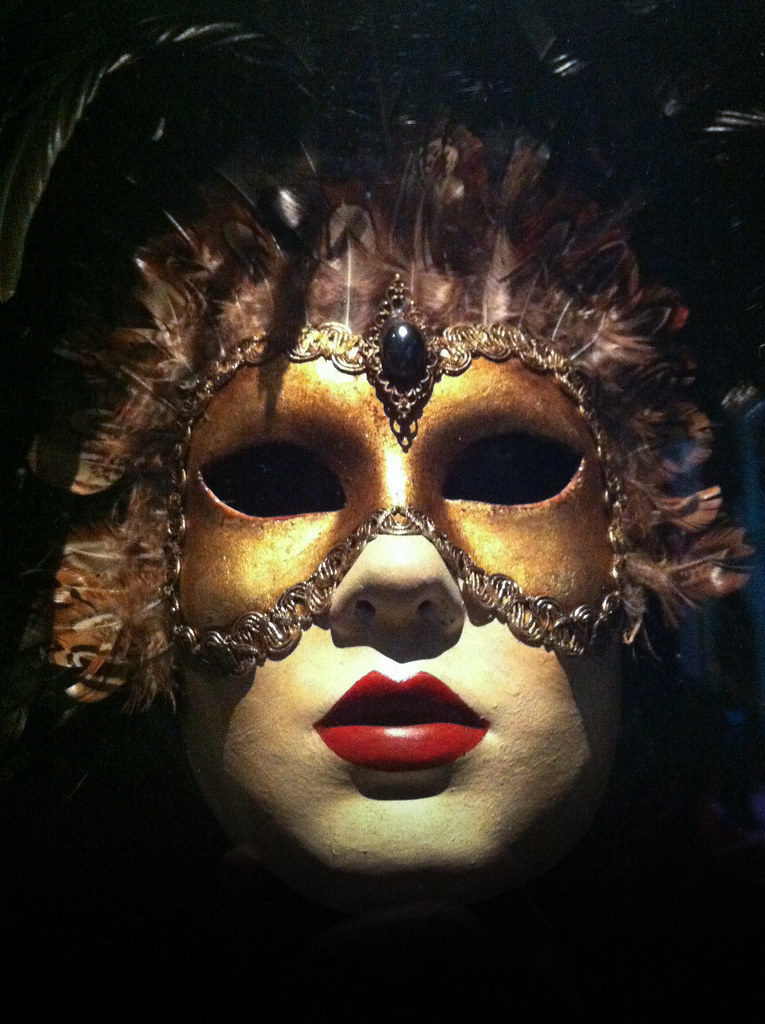
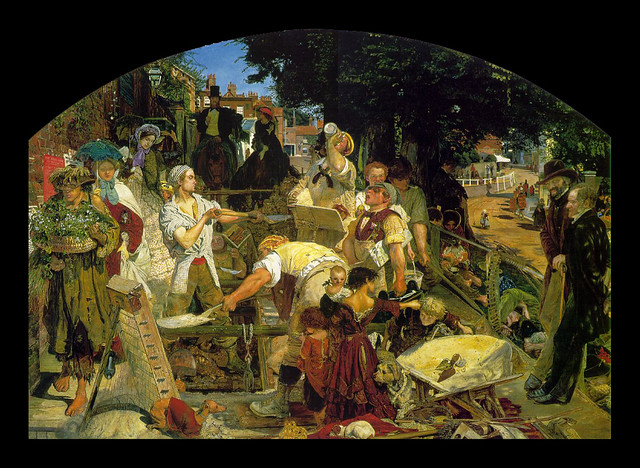










White-Hating Politics
Ilana Mercer
White-Hating Politics
By Ilana Mercer
In “It’s Not ‘Identity Politics,’ It’s Anti-White Politics,” I questioned whether the term “identity politics” vaguely comports with our racial politics on terra firma. The answer was a resounding “no.”
For, “Whatever is convulsing the country, it’s not identity politics. Blacks are not being pitted against Hispanics. Hispanics are not being sicced on Asians, and Ameri-Indians aren’t being urged to attack the groups just mentioned. Rather, they’re all piling on honky.”
Since the ire of America’s multicultural multitudes is directed exclusively at whites and their putative privilege, not at each other, anti-white animus is the more appropriate term.
The term “identity politics” term was hot-housed in the postmodernist university. Yet commentators, conservatives too, cleave to abstracted definitions developed in citadels far removed from reality. Duly, the author of “Why Identity Politics Kills Democracy” harps on the “political selfishness” that comes with a “fanatical fetishization” of “group identity.” Continue reading →
Share this:
Like this: